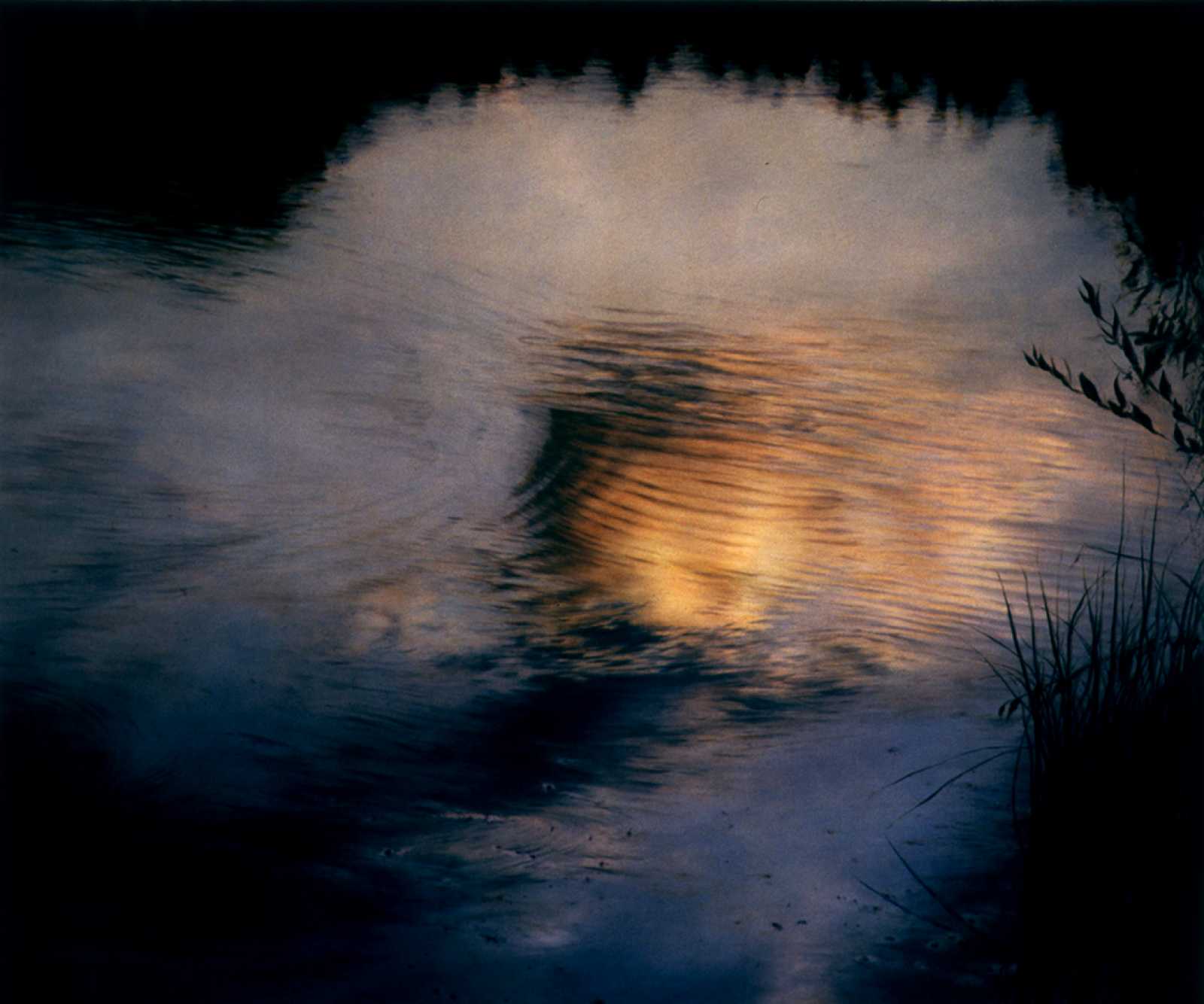Artwork of the Week
William Allan
William Allan’s pond paintings are reminiscent of J.M.W. Turner’s paintings of the nineteenth-century. Like Turner, he relies on color to structure his canvases and focuses our attention on nature’s light, reflection, movement, and the play of shadow. For years Allan, an avid fly-fisherman, has cast his line into ponds and streams—an experience that has influenced his understanding of both the physical and visual properties of water and its surface qualities. His technique involves applying thin films of color to the canvas, often as many as 80 to 150 layers of paint and glazes, which together create reflections and translucency.
Born in Everett, Washington, Allan graduated from California School of Fine Arts (which became San Francisco Art Institute) in 1958 and resides in San Rafael, California. The meditative quality of Wyoming Pond is guided by personal experiences, including the exploration of philosophical and spiritual attitudes, resulting in poetic intercession between consciousness and nature.
William Allan (American, born 1936), Wyoming Pond, 1998, oil on canvas, 62 1/8 x 74 ¼ inches. Museum purchase with funds provided by the Contemporary Art Council, 1998, 11-1998.
Acoma Water Jar
Acoma Pueblo is believed to be the oldest continuously occupied village in the United States. There were 300 steep steps leading up to the Acoma Pueblo, and women balanced jars of this kind on their heads to bring water up the ancient trail. Acoma water jars are characterized by thin ceramic walls and wide, undefined necks. Geometric elements and cross-hatching are typical design features of Acoma pottery. These designs are painted onto a white slip, which is a thin layer of clay.
The art of pottery making in the Southwest can be traced back over 1,300 years to prehistoric Puebloan greyware pinched pots that later developed into pots with more decorative geometric, black-on-white designs. The pan-Pueblo peoples, including Hopi, Zuni, and residents of nineteen Pueblos in New Mexico, are considered the living descendants of ancient Puebloans. The linear style in Acoma Pueblo Water Jar exhibits a direct stylistic link to historic Pueblo designs, whereas the olla form of these jars with their bold abstract motifs are a more recent interpretation.
Acoma Pueblo Water Jar, c. 1900, black-on-white ceramic, 11 ¾ x 12 ½ inches. Collection of Palm Springs Art Museum, A57-1975.


